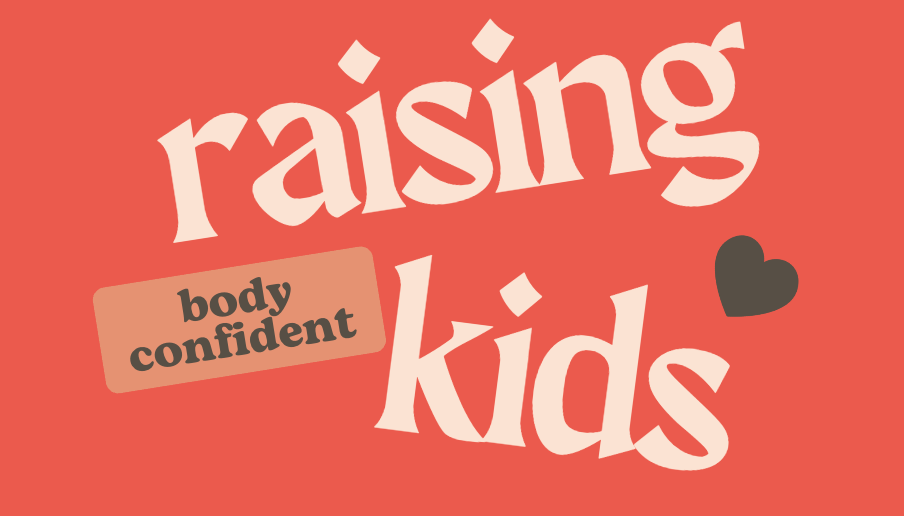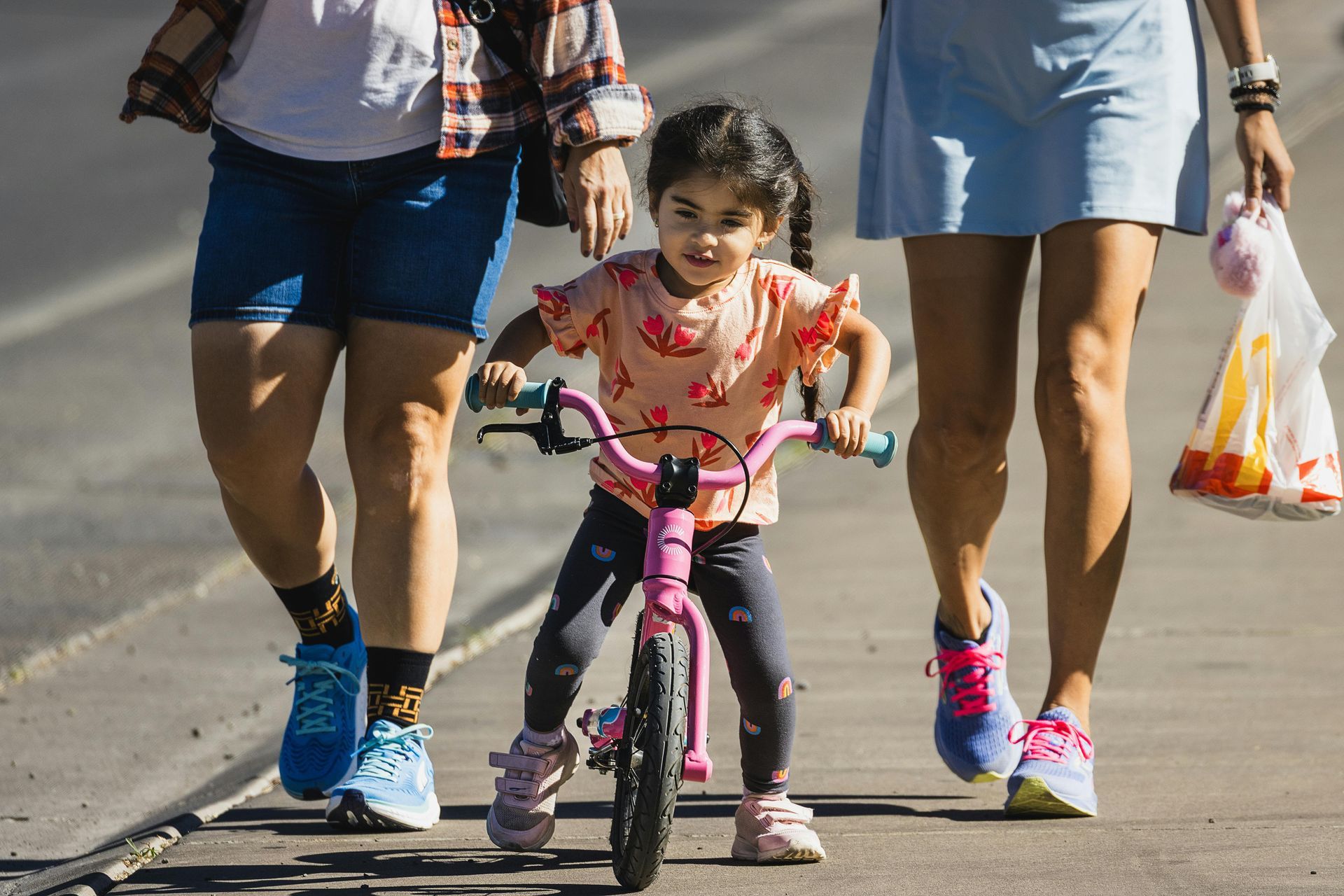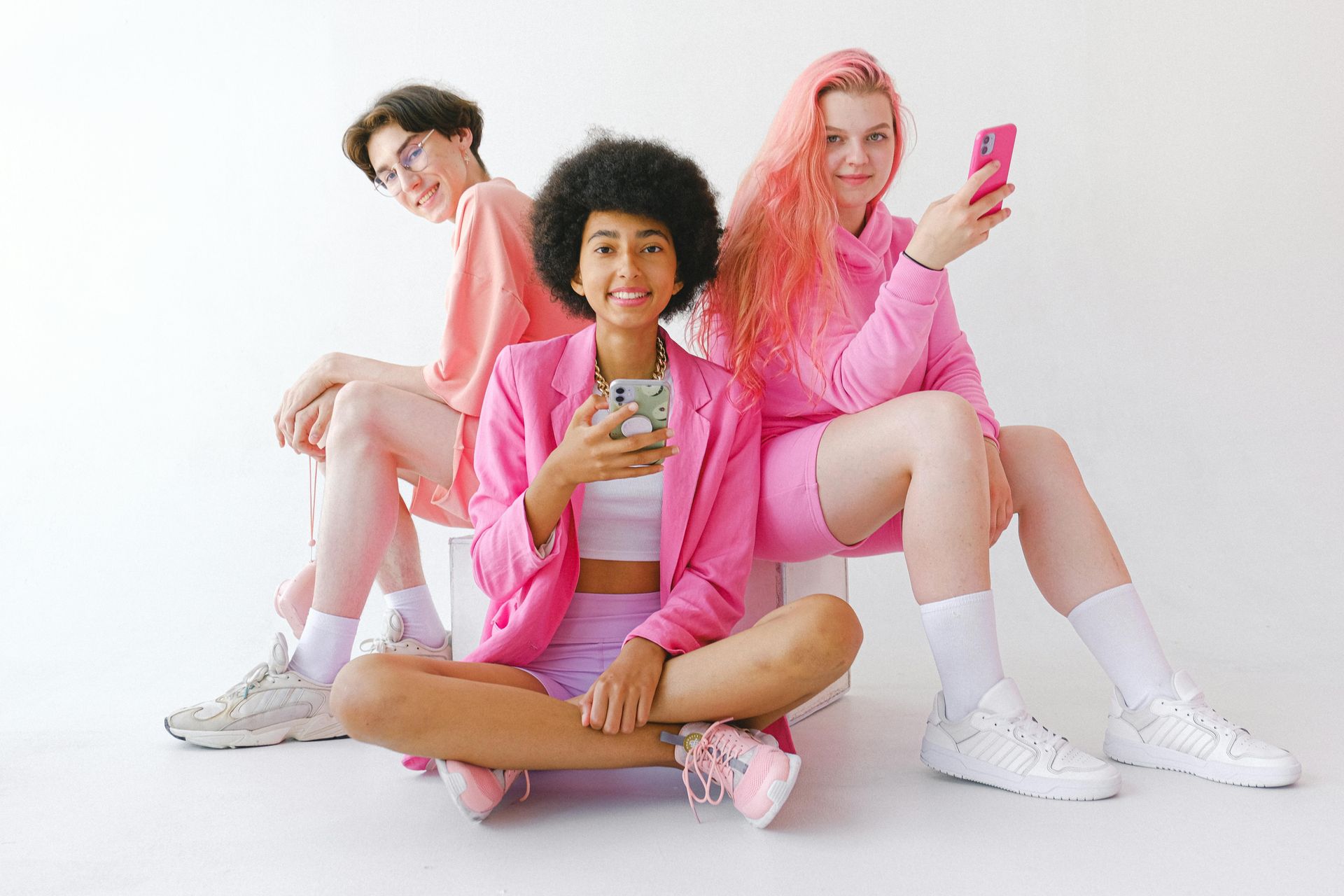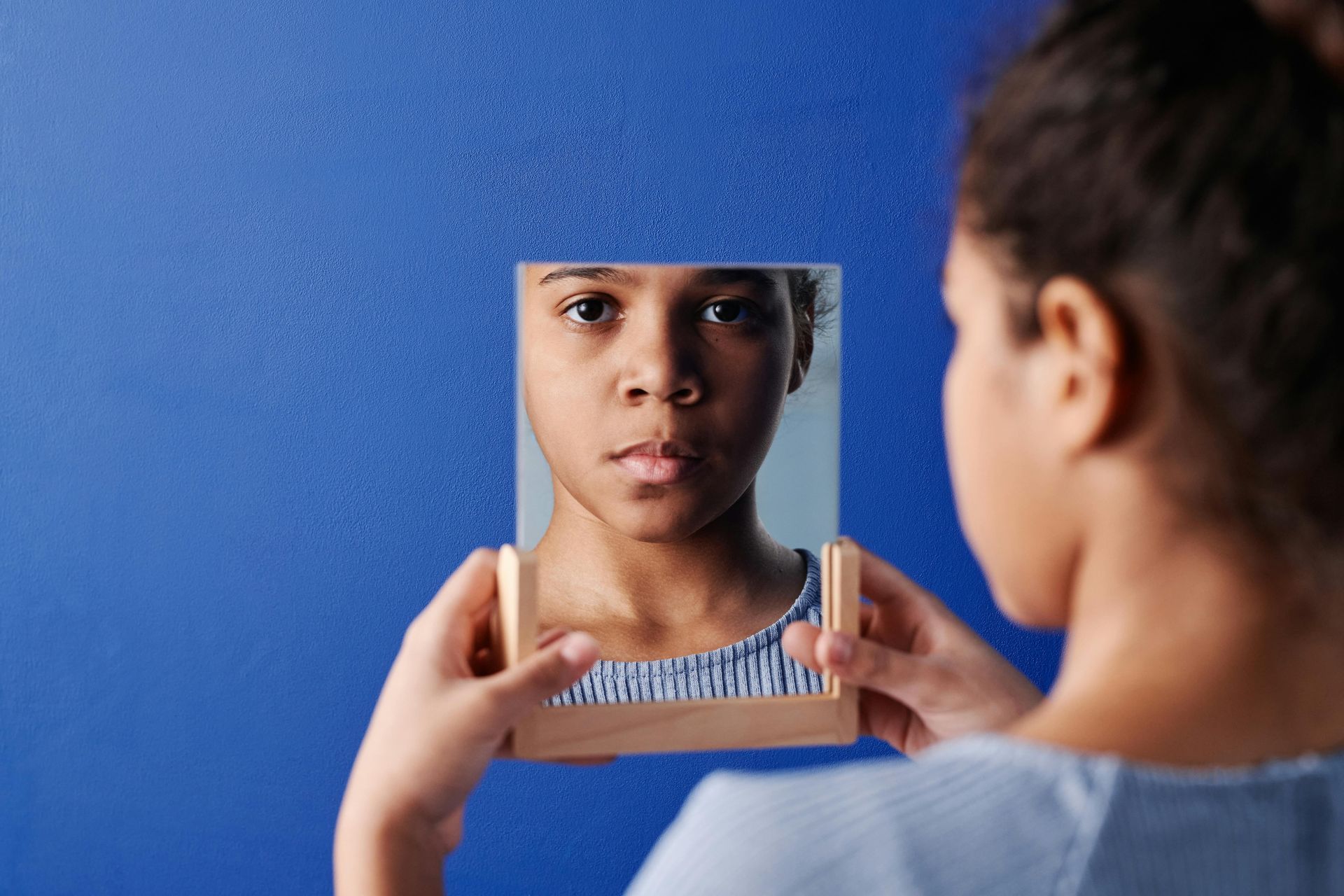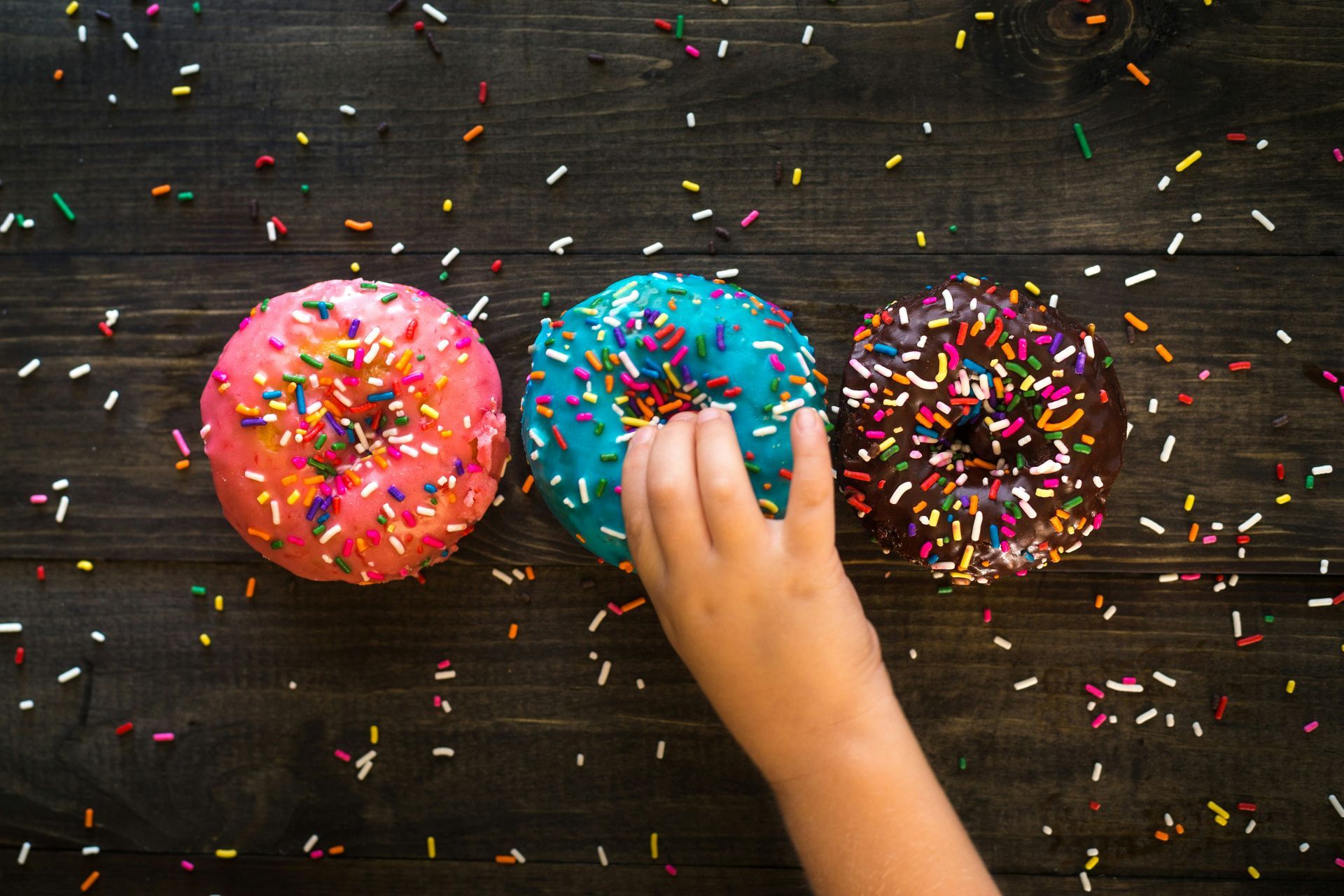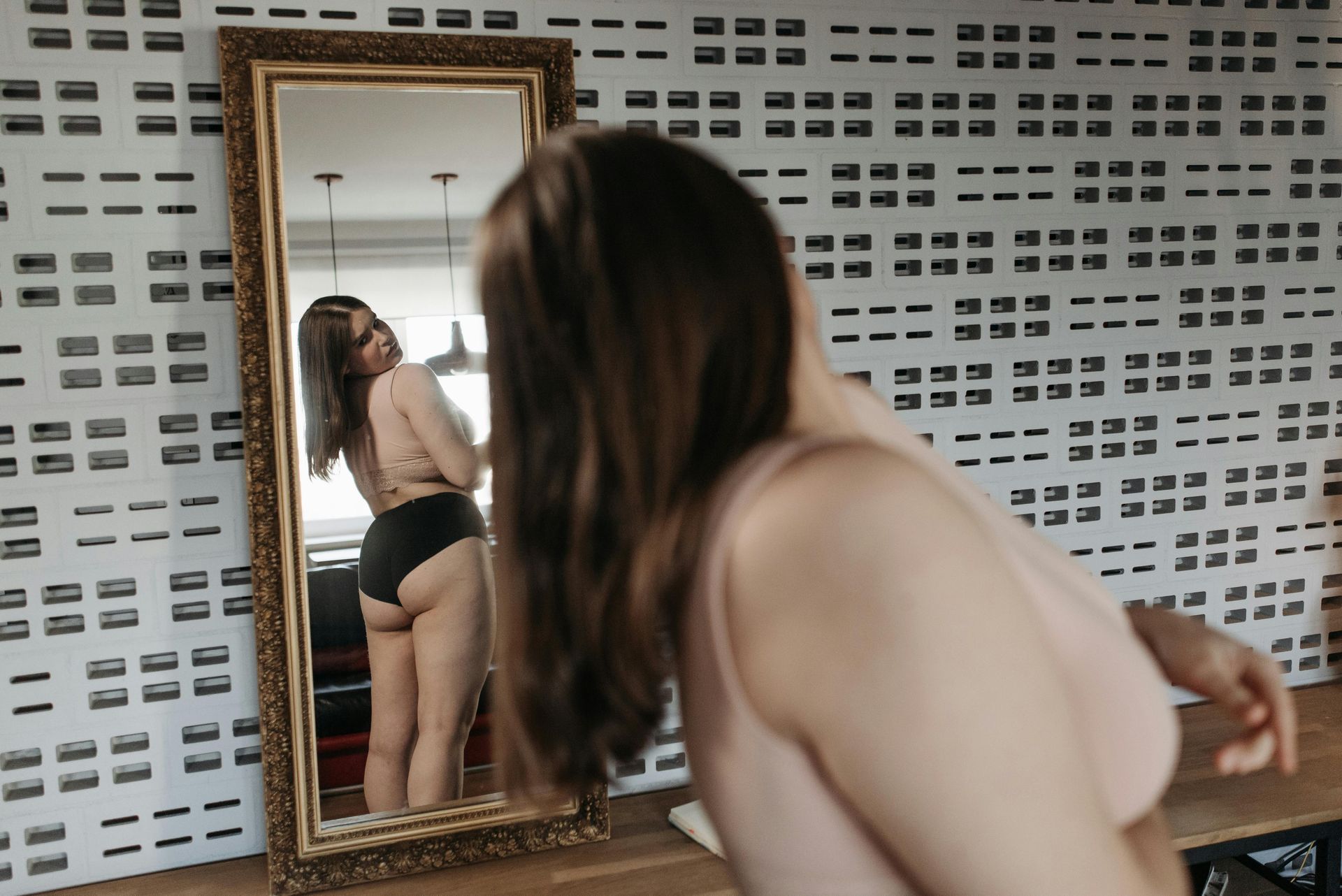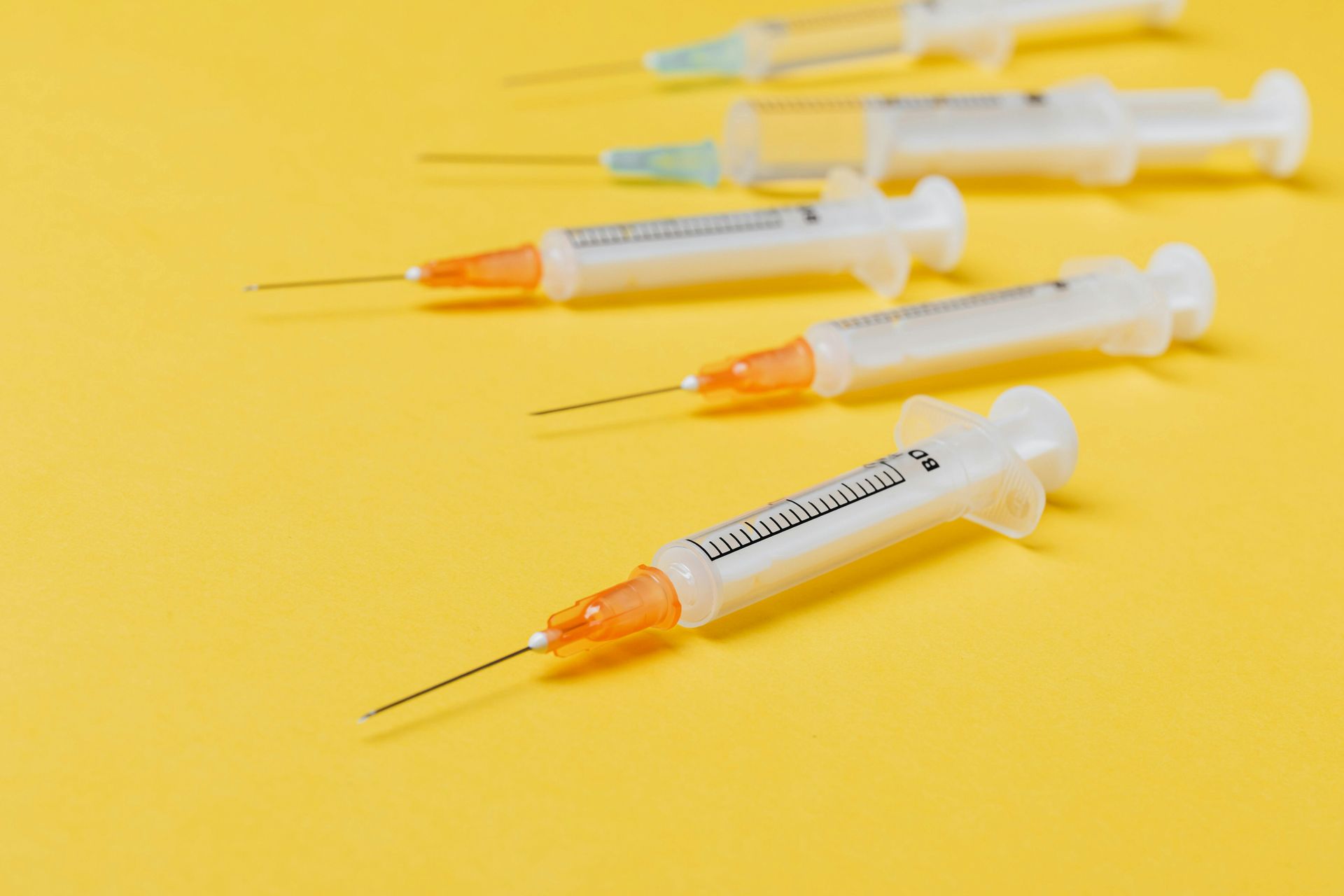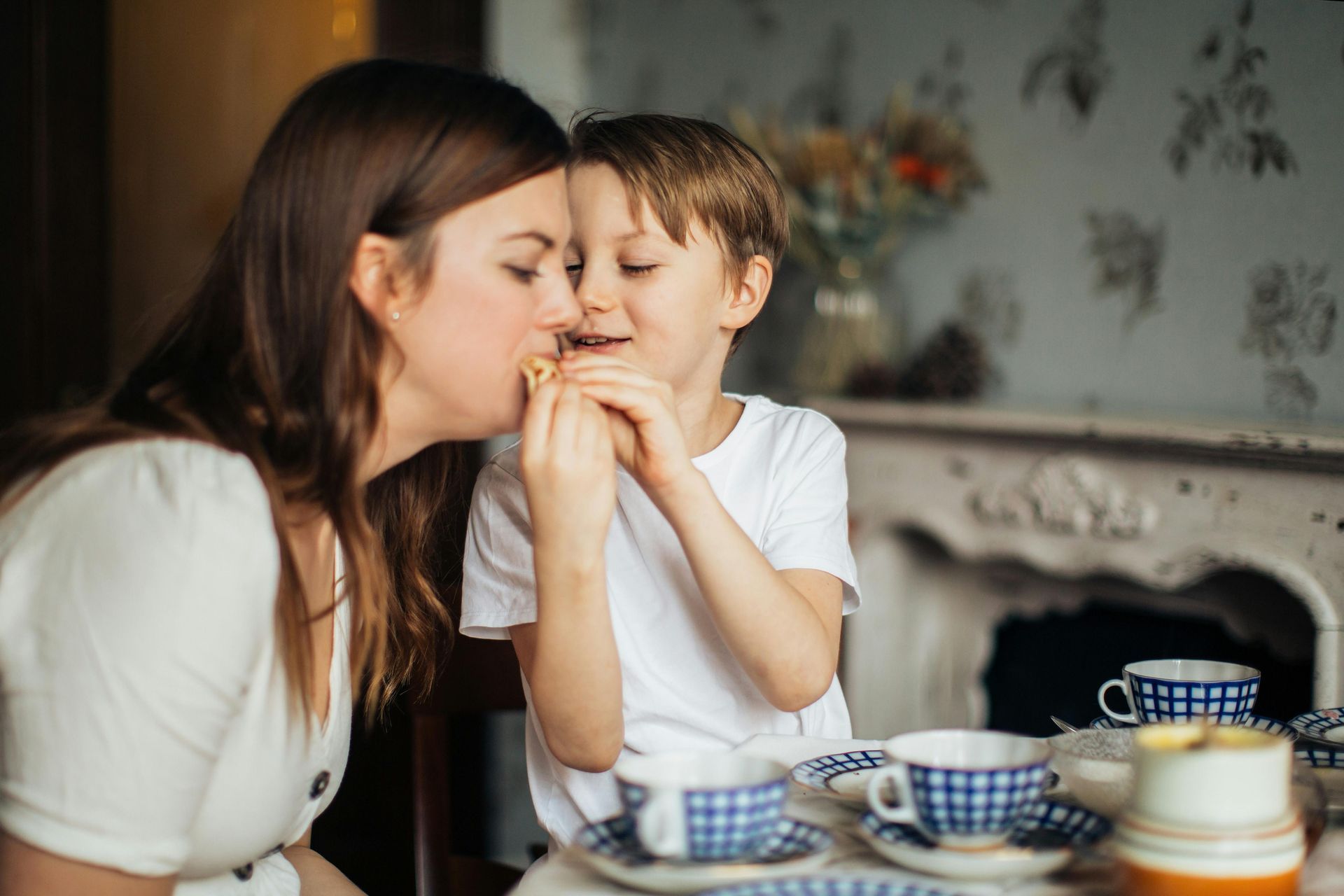WHY BODY LITERACY IS MORE POWERFUL THAN BODY POSITIVITY
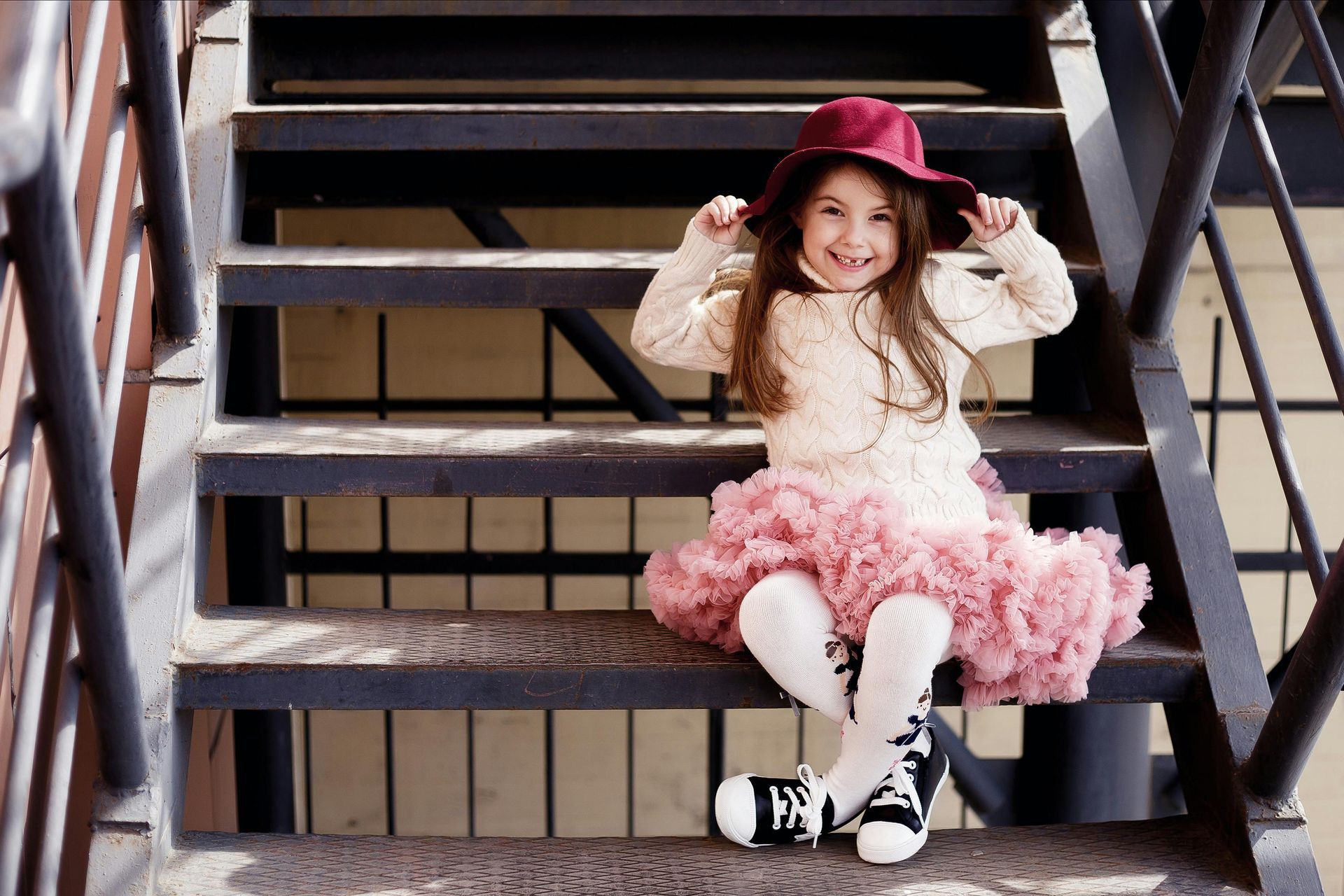
As parents who lived through the diet culture crazes of the 80s and 90s, many of us are trying to break cycles we didn’t even realize we were stuck in. We grew up in a culture that taught us to either ignore our bodies or to constantly “improve” them. We learned that health looked a certain way, that beauty was the ultimate goal, and that self-worth was tied to a number on the scale, the size of our jeans, or the smoothness of our skin. Even if we now know better, those messages live rent-free in our minds.
We want something different for our kids. We want them to grow up confident in their bodies. We want them to respect and care for themselves, to feel strong, capable, and proud. But the reality is, just telling our kids to “love their bodies” isn’t enough.
That kind of message, while well-intentioned, often lands flat for our savvy children—especially in a world that still bombards them with photoshopped influencers, social media filters, weight loss ads, and skincare routines marketed to 8-year-olds. Our children have far more digital experience than we do. If all we offer them is a slogan, they’ll look to the "authentic" content they see online instead. That’s why teaching body literacy—how the body works, what it needs, and how to listen to its cues—is so much more powerful.
Body literacy gives our kids actual tools. It helps them recognize the physical signs of hunger, fatigue, stress, anxiety, excitement, and joy. It teaches them that their bodies are not just for show—they’re brilliant systems working around the clock to help them play, learn, feel, and grow. When children understand how their bodies function, they’re less likely to shame them and more likely to care for them.
Think about all the invisible work our bodies do each day. A child’s heart beats over 100,000 times a day, delivering oxygen and nutrients through a vast network of blood vessels. That's pretty freaking awesome. Their brains process millions of signals every second, making decisions, regulating emotions, and helping them solve problems at school or navigate social situations with friends. Their lungs take in air about 20,000 times a day, powering giggles and soccer games. Their skin protects them from germs, heals cuts, and gives clues when they’re overheated or embarrassed. Even something as small as a stomach rumble is a signal that the body is doing its job—communicating a need, giving you a message.
When we help kids see their bodies through this lens, they start to shift the question from “Do I look okay?” to “What do I need right now?” They begin to see their bodies not as ornaments, but as instruments—vehicles for connection, learning, and movement.
But they won't make that shift alone. They need us to help them do it. Here's how: When your child says they’re hungry, rather than jumping straight to “Let’s get a snack,” you might say, “That’s your body’s way of telling you it needs fuel—it’s doing a good job of keeping you informed.” When they’re exhausted after a long school day, you can say, “Your brain worked hard today. It needs some rest to get ready for tomorrow.” Over time, those small moments of connection build trust between your child and their body.
Body literacy isn’t just about naming sensations, though—it’s also about giving kids space to explore how they feel in their bodies and to notice patterns. Does your kid (ahem, like mine) tend to get irritable when they haven’t eaten in a few hours? Do they feel jittery or sweaty before a big test? Does their stomach hurt before a sleepover or social event? These aren’t signs that something’s wrong with them. They’re signs that their body is communicating something important—and we can teach them how to listen.
Here’s an easy way to begin this work with your child: grab two pieces of paper and a pen or marker. On one sheet, draw a simple outline of a body. Sit with your child and ask them to think about what their body does for them every day. “What does your brain help you with? What do your legs let you do? What can your hands create? What does your body help you feel—like warm sunshine, hugs from a friend, or butterflies in your stomach when you're excited or nervous?”
As your child answers, write or draw their responses inside or around the body outline. You can label it together: “My Body Does Amazing Things.” Don’t worry about making it look perfect—this is about starting a conversation, not creating a masterpiece. Once it’s done, hang it on the fridge or near their bed. Let it be a reminder that their body isn’t something to judge—it’s something to appreciate.
Later, you can take it one step further by helping your child create a “Body Thank You” list. They might say, “Thank you, legs, for helping me jump on the trampoline,” or “Thank you, stomach, for turning food into energy.” It may sound simple, but practices like this create powerful associations between physical awareness and gratitude. They help kids internalize the message that their bodies are worthy of care—not because of how they look, but because of what they do.
The more we center our conversations around function, the more confident our kids will feel in the skin they’re in. That doesn’t mean appearance won’t ever matter to them—it will. We live in a visual world. But if we’ve done our job right, their worth won’t rise and fall with a breakout or a body size. They’ll know that they are more than a reflection.
They’ll know they are resilient, responsive, and resourceful—and so are their bodies.
If you want help getting started, I wrote My One-of-a-Kind Body to walk kids through these ideas in a fun, engaging, character-driven way. It’s filled with relatable stories, science-backed explanations, and interactive prompts that help kids build body literacy in a way that feels empowering—not overwhelming.
You can grab your copy
here.
This is how we start to change the narrative—not by fixing our kids, but by helping them understand and trust the incredible bodies they already have.
As parents who lived through the diet culture crazes of the 80s and 90s, many of us are trying to break cycles we didn’t even realize we were stuck in. We grew up in a culture that taught us to either ignore our bodies or to constantly “improve” them. We learned that health looked a certain way, that beauty was the ultimate goal, and that self-worth was tied to a number on the scale, the size of our jeans, or the smoothness of our skin. Even if we now know better, those messages live rent-free in our minds.
We want something different for our kids. We want them to grow up confident in their bodies. We want them to respect and care for themselves, to feel strong, capable, and proud. But the reality is, just telling our kids to “love their bodies” isn’t enough.
That kind of message, while well-intentioned, often lands flat for our savvy children—especially in a world that still bombards them with photoshopped influencers, social media filters, weight loss ads, and skincare routines marketed to 8-year-olds. Our children have far more digital experience than we do. If all we offer them is a slogan, they’ll look to the "authentic" content they see online instead. That’s why teaching body literacy—how the body works, what it needs, and how to listen to its cues—is so much more powerful.
Body literacy gives our kids actual tools. It helps them recognize the physical signs of hunger, fatigue, stress, anxiety, excitement, and joy. It teaches them that their bodies are not just for show—they’re brilliant systems working around the clock to help them play, learn, feel, and grow. When children understand how their bodies function, they’re less likely to shame them and more likely to care for them.
Think about all the invisible work our bodies do each day. A child’s heart beats over 100,000 times a day, delivering oxygen and nutrients through a vast network of blood vessels. That's pretty freaking awesome. Their brains process millions of signals every second, making decisions, regulating emotions, and helping them solve problems at school or navigate social situations with friends. Their lungs take in air about 20,000 times a day, powering giggles and soccer games. Their skin protects them from germs, heals cuts, and gives clues when they’re overheated or embarrassed. Even something as small as a stomach rumble is a signal that the body is doing its job—communicating a need, giving you a message.
When we help kids see their bodies through this lens, they start to shift the question from “Do I look okay?” to “What do I need right now?” They begin to see their bodies not as ornaments, but as instruments—vehicles for connection, learning, and movement.
But they won't make that shift alone. They need us to help them do it. Here's how: When your child says they’re hungry, rather than jumping straight to “Let’s get a snack,” you might say, “That’s your body’s way of telling you it needs fuel—it’s doing a good job of keeping you informed.” When they’re exhausted after a long school day, you can say, “Your brain worked hard today. It needs some rest to get ready for tomorrow.” Over time, those small moments of connection build trust between your child and their body.
Body literacy isn’t just about naming sensations, though—it’s also about giving kids space to explore how they feel in their bodies and to notice patterns. Does your kid (ahem, like mine) tend to get irritable when they haven’t eaten in a few hours? Do they feel jittery or sweaty before a big test? Does their stomach hurt before a sleepover or social event? These aren’t signs that something’s wrong with them. They’re signs that their body is communicating something important—and we can teach them how to listen.
Here’s an easy way to begin this work with your child: grab two pieces of paper and a pen or marker. On one sheet, draw a simple outline of a body. Sit with your child and ask them to think about what their body does for them every day. “What does your brain help you with? What do your legs let you do? What can your hands create? What does your body help you feel—like warm sunshine, hugs from a friend, or butterflies in your stomach when you're excited or nervous?”
As your child answers, write or draw their responses inside or around the body outline. You can label it together: “My Body Does Amazing Things.” Don’t worry about making it look perfect—this is about starting a conversation, not creating a masterpiece. Once it’s done, hang it on the fridge or near their bed. Let it be a reminder that their body isn’t something to judge—it’s something to appreciate.
Later, you can take it one step further by helping your child create a “Body Thank You” list. They might say, “Thank you, legs, for helping me jump on the trampoline,” or “Thank you, stomach, for turning food into energy.” It may sound simple, but practices like this create powerful associations between physical awareness and gratitude. They help kids internalize the message that their bodies are worthy of care—not because of how they look, but because of what they do.
The more we center our conversations around function, the more confident our kids will feel in the skin they’re in. That doesn’t mean appearance won’t ever matter to them—it will. We live in a visual world. But if we’ve done our job right, their worth won’t rise and fall with a breakout or a body size. They’ll know that they are more than a reflection.
They’ll know they are resilient, responsive, and resourceful—and so are their bodies.
If you want help getting started, I wrote My One-of-a-Kind Body to walk kids through these ideas in a fun, engaging, character-driven way. It’s filled with relatable stories, science-backed explanations, and interactive prompts that help kids build body literacy in a way that feels empowering—not overwhelming.
You can grab your copy here.
This is how we start to change the narrative—not by fixing our kids, but by helping them understand and trust the incredible bodies they already have.
